How to Drink Sake with The Right Sake Cup
The memory of drinking sake can be strong and clear, just like the drink itself, but relishing a cup of sake can be invigorating. But, speaking of the cup, the sake cup is not to be taken lightly, for it influences the taste of the drink more than it ought to.
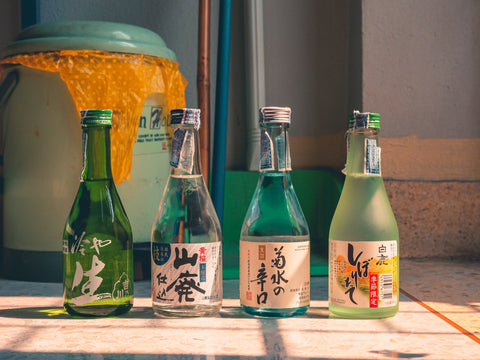
Photo by Zaji Kanamajina on Unsplash
The traditional Japanese sake cups like Ochonko and Satazuki are smaller and have a distinct shape crafted specifically for pouring in the brew and relished. Masu and Guinomi, on the other hand, are bigger cups used to serve sake. Different types of sake go into different types of sake cups. So, it all depends on what type of sake is available for the drink. Sake is nevertheless versatile. It can be poured into a readily available wine glass or plain glass.
Various sizes, shapes, thicknesses, and materials of sake cups are available in the market to serve this rice liquor. And all of them seem to influence the taste of every sip of this drink.
Let’s look at some commonly asked questions and their answers before narrowing down on our search and buy.
- Which is the most basic cup for serving sake?
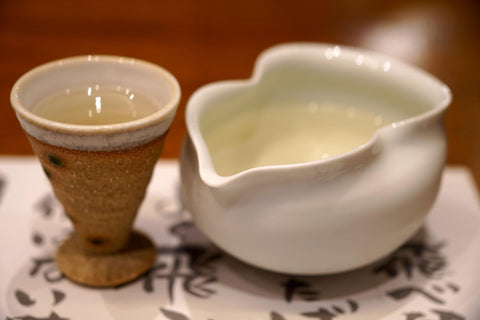
Image by takedahrs from Pixabay
The Ochoko cup is the most common type of cup that is used to serve sake. People fondly collect these cups to make them a part of their antique collection or simply for the love of Japan.
These cups are commonly found in porcelain, but you can also find metal, ceramic, wood, and glass versions of these cute minions. These materials help you serve hot or warm sake as they help retain the heat for longer.
Their tiny size is a strong indication that you will need to refill the cup very often. Also, it is used to serve sakes whose quick temperature variations affect the aroma, flavor, and taste. So, these cups are meant for immediate consumption of sake. The size of the cup and constant replenishings of the drink paves an excellent way to build trust and bonding during private meetings and close social interactions.
- What is the tradition behind Sakazuki cups?
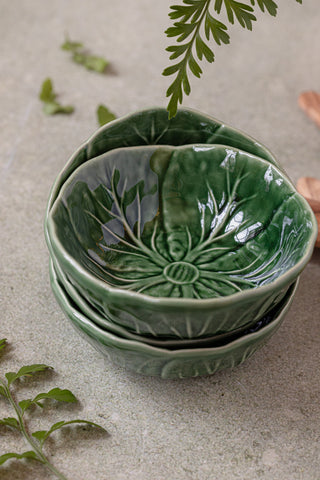
Photo by micheile dot com on Unsplash
Drinking the sake from Sakazuki cups is an icon of tradition and politesse that goes back to more than just drinking sake.
From exchanging cups at weddings to sworn-in brotherhood ceremonies, the Sakazuki cup’s roots go deeper into the heritage and tradition of Japanese culture and lie in its heart.
This uniquely designed cup serves minimal amounts of traditional rice liquor and needs to be constantly replenished during social gatherings. While the guest enjoys being served, the host reciprocates their care and concern by extending hospitality throughout the event by refilling the cup.
- How big is a Guinomoni cup?
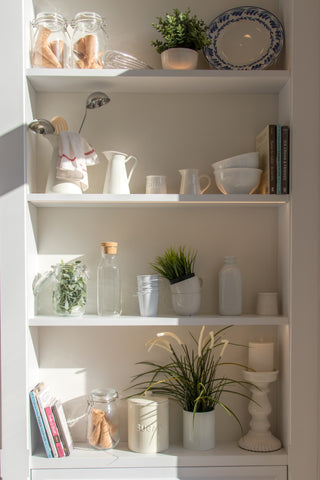
Photo by Jason Leung on Unsplash
This cup is a bigger version of an Ochoko cup. The only difference is the size and the volume of the liquid it can hold. More sake in a Guinomoni equals less frequent fillings, which means a cold drink poured out can turn warmer before it is consumed.
- What is a masu sake cup?
In the feudal period, this wooden cube box was used to measure rice. It was also used to serve sake.
During festivities and celebrations, sake is served in a masu cup.
- How to serve sake in a masu cup?
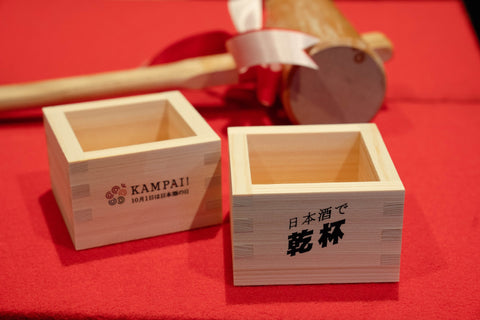
Photo by shin kuroyanagi on Unsplash
Sake is usually poured directly into the wooden cup or into a glass placed inside the masu cup until it overflows and fills it to about one-half. Drinking the sake in a masu wooden cup delivers a different flavor and taste to the sake. The cup is made of cypress or cedar wood which has antibacterial properties, and the sake served in it carries an essence of the wooden flavor.
- How to drink sake from a masu cup?
When sake is served in the masu cup, hold the cup on the sides and bring the side to your lips – on a more formal occasion.
It is okay to drink it from the corners on an informal occasion. But never pick the cup from above as it is considered impolite.
When sake is served in a glass placed inside a masu cup, slightly tip the glass to pour the overflowing drink into the masu cup. Now you can pick the glass and drink it.
Or drink the overflowing sake straight from the masu cup if you don’t mind bending over.
But if you pick the glass and rest it on the table, never put it back into the masu cup.
Once you finish the drink from the glass, pour the rest of it from the masu cup and enjoy the woody flavor of the drink.
- How to drink sake from a wine cup?

Photo by Serge Esteve on Unsplash
Junmai ginjo or fruity daiginjo sakes are best served in wine cups. These cups offer a satisfying experience when releasing the aroma and flavor in the wide-mouthed glassware. Also, remember that only chilled sakes can be served in a wine glass.
Warm or hot sakes are best served in porcelain drinkware.
- What is ika tokkuri?
Ika tokkuri is a vase-shaped container made out of dried squid body. It is filled with sand or rice to get its shape and then dried in the sun.
Sake is served in ika tokkuri, which acts as the sake bottle. As a result, the sake stored in the tokkuri picks up the salty flavor from the squid’s body.
Try this when you are in the mood for a wild flavor. But, beware, it doesn’t suit you if you prefer to drink sake in its pure form.
Warm sakes can be served in ika tokkuri.
- Which cup should you choose to drink your sake?
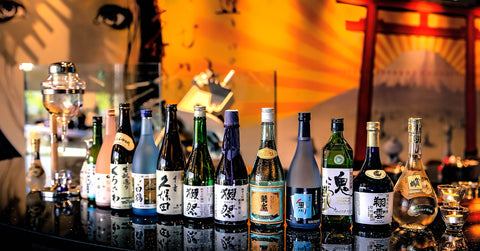
If you are a newbie who wants to try drinking sake, it is safe to choose a wine glass for your first-time experience. The thickness of the drinkware can indeed play tricks on your mind. The thinner the glass is, the sharper the sake is. Thicker vessels are said to soften and mellow the flavor of sake.
So, if you are going to a sake party, start off with a thinner glass to experience the drink with a punch. Then move on later into a thicker cup to savor the nuances and flavor of the famed drink.

